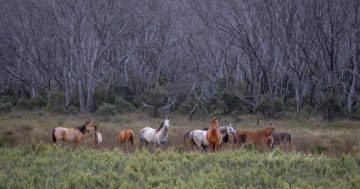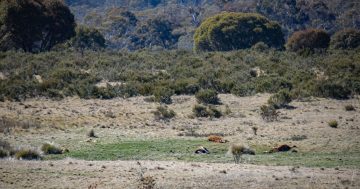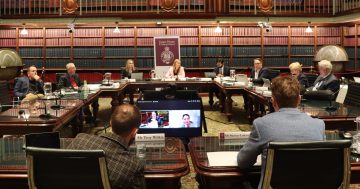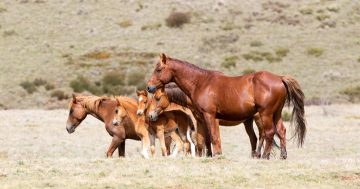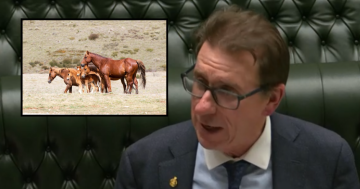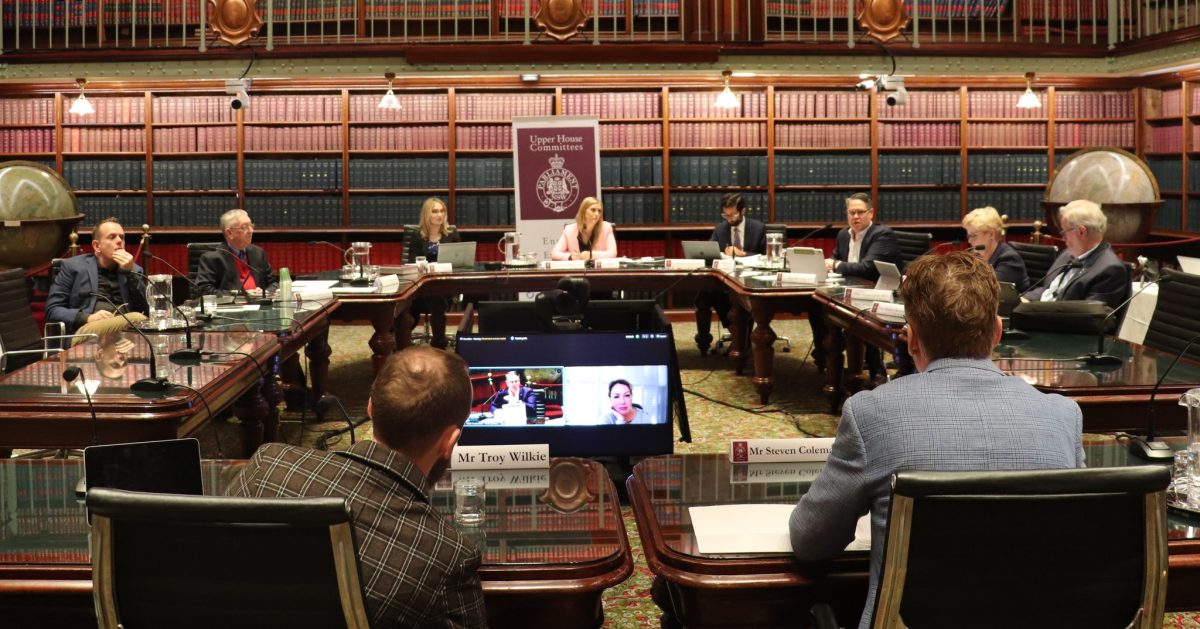
The seven-month Upper House inquiry included five public hearings and examined 540 public submissions. Photo: NSW Parliament.
The chair of a NSW Upper House inquiry into the aerial culling of wild horses, or brumbies, in Kosciuszko National Park (KNP), has fiercely criticised the committee’s final report, calling it “completely unbalanced”.
The report, which was released on Wednesday (13 November), endorses the controversial continuation of aerial shooting as a primary method to control wild horse populations.
Animal Justice Party MLC Emma Hurst, who chaired the inquiry, claims the report diverges drastically from her initial recommendations.
She alleges that NSW Labor and the Shooters, Fishers and Farmers Party (SFF) “gutted” her draft to produce a document that endorses the NSW Government’s aerial culling strategy, a position she says misrepresents public opinion and the evidence presented during the seven-month inquiry which included five public hearings and examined 540 public submissions.
Ms Hurst further asserts that Labor members actively prevented her from writing a chair’s foreword for the report, which she sees as an effort to obscure critical information from the public.
“Labor and SFF have twisted this report to support the government’s shooting agenda, ignoring community concerns and the clear evidence that the aerial shooting program is causing immense suffering among brumbies,” she said.
In a dissenting statement included in the report, Ms Hurst calls for an immediate halt to aerial shooting, an independent population survey of brumbies, and funding for humane alternatives such as fertility control and rehoming programs.
The inquiry was launched following the NSW Government’s August 2023 proposal to reintroduce aerial culling to manage the brumby population in KNP, with a goal of reducing the numbers from an estimated 12,000–21,000 to a legislated 3000 by 2027.
Proponents of the plan, including Environment Minister Penny Sharpe, argue that reducing wild horse numbers is essential to protect the park’s fragile alpine ecosystem from further damage.
Ms Sharpe welcomed the findings.
“The report looked in detail at the way wild horses are managed in Kosciuszko National Park,” she said.
Environmental advocates, including the Invasive Species Council (ISC), have also backed the findings of the report, with ISC advocacy director Jack Gough describing aerial shooting by trained professionals as, “the only viable way to reduce brumby numbers and protect these sensitive ecosystems.”
Mr Gough further urged parliament to repeal a provision prioritising feral horse preservation over native species within the park, describing opposition to culling as “anti-science”.
“No one likes to see animals killed, but the sad reality is that we have a choice to make between urgently reducing the numbers of feral horses or accepting the destruction of sensitive alpine rivers, and the decline and extinction of native animals and their homes,” he said.
Ms Hurst emphasised testimony from the inquiry detailing incidents where horses suffered prolonged deaths due to inaccurate shots, arguing that the report’s focus on aerial shooting disregards community preferences for non-lethal solutions.
“The report’s emphasis on aerial shooting over humane solutions fails to respect the wishes of the community, who are overwhelmingly against this brutal method of control.
“I have never seen such a blatant attempt to bury one side of the evidence in an inquiry,” Ms Hurst said. “I am particularly disappointed that the Shooters Party, longtime advocates against aerial shooting, have decided to fully support aerial shooting and the National Parks & Wildlife Service (NPWS) killing program going forward.”
NSW Nationals MLC Wes Fang also voiced support for Ms Hurst, calling the report biased and expressing disappointment over the SFF’s alignment with NSW Labor on the issue.
“This report demonstrates despite their commitments, they simply sided with Labor as they typically do,” Fang said.
As the NSW Government prepares to formally respond to the report in early 2025, Ms Hurst has vowed to continue advocating for more humane brumby management solutions, stating, “This is far from over.”
Original Article published by Edwina Mason on About Regional.


